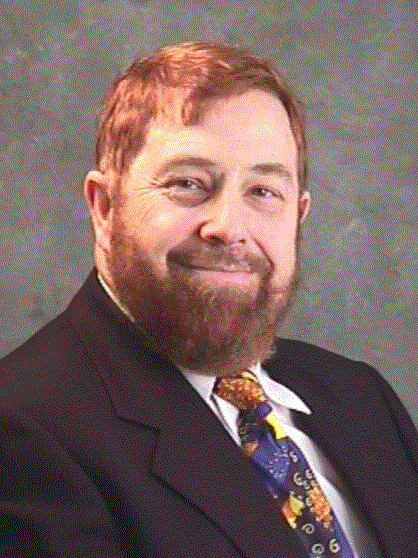

I graduated Bachelor of Science in 1963 and Bachelor of Engineering (Electrical) in 1966 from the University of Canterbury, Christchurch, New Zealand. I subsequently graduated with a Master of Administration degree and a Graduate Diploma in Information Technology from Monash University, Melbourne, Australia.
I was a lecturer in the School of Business Systems at Monash University where I taught first year statistics, computer facilities management, C programming, Project Management and Business Process Design, which involved building simulation models of business processes. I retired in October 2003, but continued on teaching my subject in the first semester on a sessional basis until 2005
In my leisure time I assist my wife run the Waverley Branch of the Mental Illness Fellowship, and also like to camp, and fly fish in Victoria's streams and rivers.
Possessing a grand passion for amateur radio, I like to build radio equipment, especially that which uses vacuum tubes. I still have the old vacuum tube transmitter that I started building while an Engineering student in Christchurch New Zealand and which was finished some 20 years later in Perth WA! It has an Italian Geloso Signal Shifter two tube exciter (6CL6 oscillator and 5763 buffer amplifier) plus a home built power supply and 6146B final power amplifier. This transmitter can be used for CW (morse code) only. The morse key came out of a NZ army tank about 60 years ago.
A few months ago, an Auckland ham gave me a New Zealand Army ZC1 Mk.II transceiver that was used in the second World War years and afterwards. This set is 60 years old and still works. Spare valves are still available. When it came to me, it was not working, but did so after all electrolytic and paper capacitors were replaced. All its tuned circuits have yet to be aligned. It runs off a 12 volt car battery. It contains a mechanical vibrator plus transformer that generate the 150 volts or so required to run the set. It was partially modelled on the Canadian W.S. (wireless set) No. 19 and was designed by a committee of N.Z. army and N.Z. Post Office engineers. Some design criteria were:
operational flexibility
Continuing the military theme, I also have a Wireless Set No. 48 (backpack) with hand generator.
I also have a couple of recently acquired fine examples of radios built in the 60s era - an RL Drake 4A-line twin and a Collins S-line transmitter and receiver.
I have also assembled two Elecraft K2 transceivers, one of which I use as my main high frequency set.
Old, simple designs like a three tube regenerative receiver can provide superb sensitivity and low noise reception that rival modern equipment of far greater cost and complexity. Yet modern technology is not to be despised. One of the present day challenges is to couple radios to computers to use software to overcome the limitations of adverse reception conditions such as noise, as well as phase cancellation (the same signal that arrives by two or more different paths around the world that can either add together or at least partially cancel) that causes signal fading and distortion.
More modern radios in my collection include:
a Drake SSR-1 general coverage receiver
One does not have to be mad to enjoy this activity, but it helps.